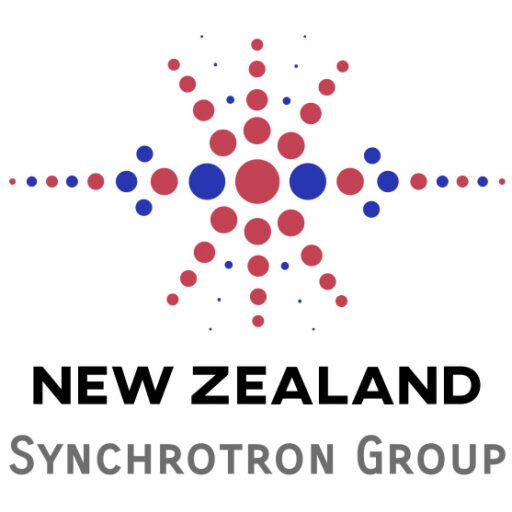The Australian Synchrotron has three categories of access to time on the beamlines at the facility. These are:
- Merit Time
- Preferred Access
- Commercial (or Paid) Access
Paid access to the Synchrotron is available to any researcher from New Zealand, but through a special co-funding agreement with MBIE, researchers from the eight institutions listed below can apply without cost for beamtime from a dedicated pool of Merit or Preferred Access beamtime set aside in return for funding provided annually to ANSTO.
- The University of Auckland
- AUT Auckland University of Technology
- The University of Waikato
- Massey University
- Victoria University of Wellington
- University of Canterbury
- University of Otago
- AgResearch Ltd
Researchers from other organisations can be associated with applications for Merit or Preferred Access, but proposals must be led by a researcher from one of the organisations listed above.
Paid Access
All Paid Access to the Australian Synchrotron by New Zealand users is coordinated by NZSG. If you are interested in using the Australian Synchrotron and cannot or do not want to use the Merit Access route, then please contact us at synchrotron@royalsociety.org.nz You will be put in touch with the appropriate staff at the Synchrotron to discuss and define your requirements. NZSG will provide a quotation for the cost of using the beamline and any support needed from beamline staff.
Merit Access
The Australian Synchrotron runs a competitive application process for Merit Access to its beamlines. Applicants submit their proposals through the Synchrotron’s portal. Further information about the application process and on using the portal can be found here.
Researchers who receive Merit Access are generally expected to publish the outcomes from their research where appropriate.
There are three application rounds each year. The important dates for the next round are shown in the “Latest News” column on this page.
Applications are reviewed by one of the facility’s Program Advisory Committees (PACs) which then select those applications from Australian and other international researchers that will receive the beamtime. New Zealand has a fixed quota of merit beamtime on the original 10 beamlines. For those beamlines applications from New Zealand are also reviewed by the PACs, but the final selection is made by NZSG’s Access Committee.
The number of shifts of beamtime requested usually exceeds the amount available to New Zealand each round, so the Access Committee makes its decisions based on the scientific merits of the proposals received, the benefit to New Zealand of supporting the research and also takes into account the need to distribute beamtime among the organisations that are contributing funding to the access programme.
There is also Merit Access time available on the new beamlines. As the number of shifts available is less during the Preferred Access period (see below), and the technical capabilities of the new beamlines are being added to, decisions on Merit Access to the new beamlines are made by the PACs. There is no dedicated quota for proposals from New Zealand.
Preferred Access
The construction of the new beamlines at the Australian Synchrotron was funded by institutions throughout Australia and by NZSG on behalf of New Zealand. All investors have been assigned a share of a dedicated pool of beamtime on each beamline for the first six years after it is commissioned. NZSG selects the projects to receive the New Zealand share of the Preferred Access entitlement.
The selection is made by the Access Committee which considers the proposals received for Merit Access to the relevant beamline, or if there are no proposals for Merit Access, then researchers who have previously registered an interest in a particular beamline are approached and asked to submit an expression of interest.
Previous Merit and Preferred Access
A listing of recent beamtime awards made to New Zealand researchers can be found here. The full lists are also provided in the company’s Annual Reports which can be found here.
